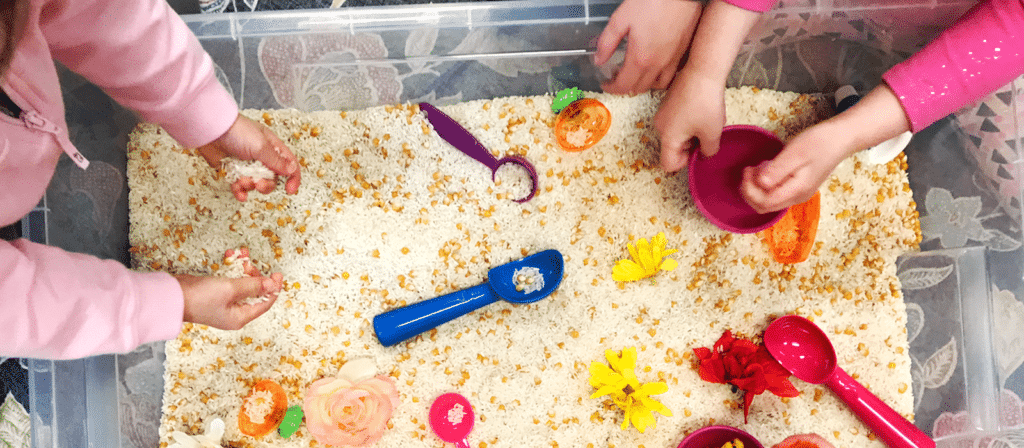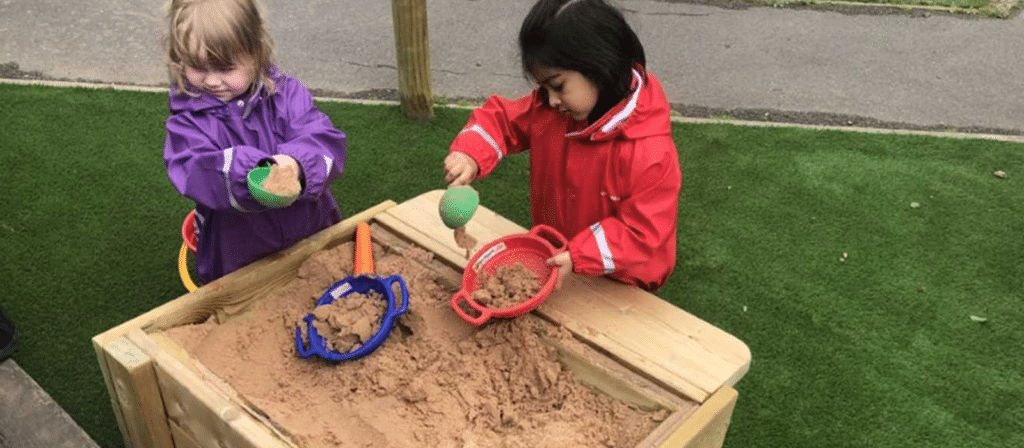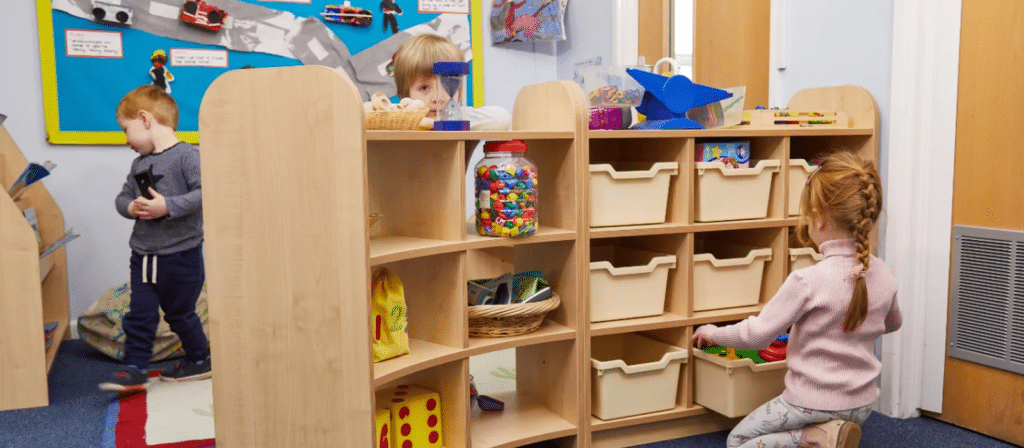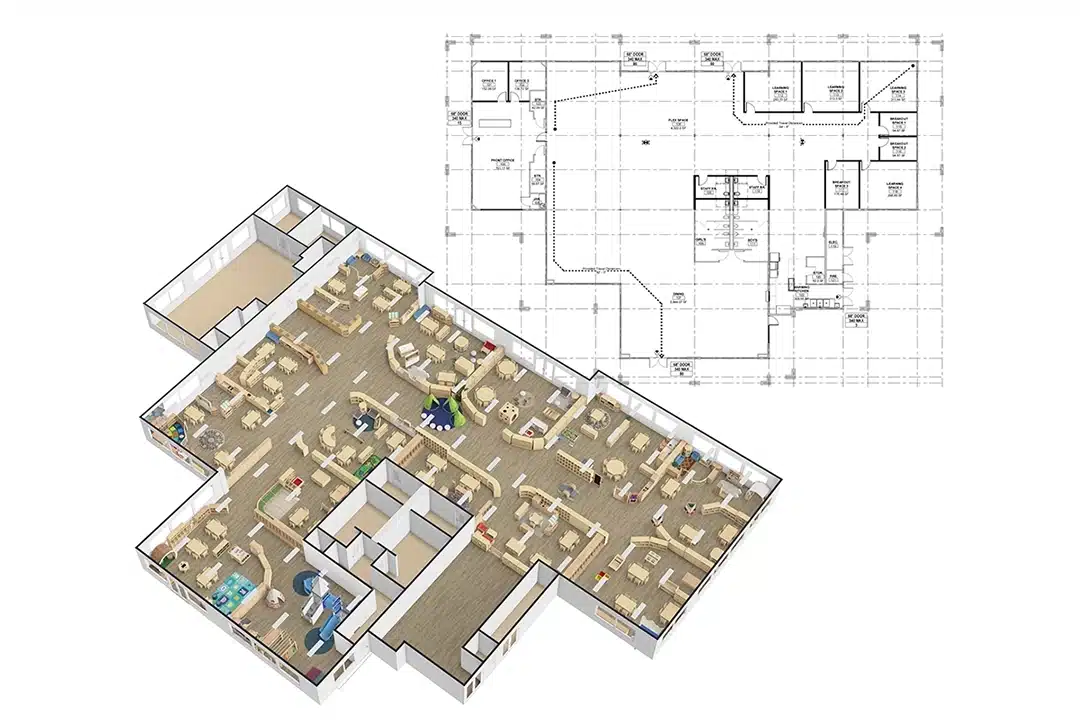Ever wondered about the magic that happens when sensory play meets preschool furniture? Get ready to delve into a world of discovery as we explore the incredible synergy between sensory play and carefully selected preschool furniture. From tactile adventures to cognitive growth, let’s unravel the secrets that lie within this dynamic duo.
Sensory Play and Preschool Furniture form a dynamic combination that fuels children’s development. Sensory play engages their senses, while purposefully designed furniture sets the stage for exploration. Together, they create an environment that nurtures creativity, cognitive growth, and holistic learning.
Sensory play is a hands-on learning experience that allows children to explore and discover the world around them through their senses. It engages multiple senses such as touch, sight, smell, taste, and hearing, which helps children develop their cognitive, physical, social, and emotional skills. By providing opportunities for sensory play, we can promote creativity, problem-solving, and critical thinking in young children.
What is Sensory Play?
Sensory play refers to activities that stimulate the senses of touch, sight, sound, smell, and taste. It encourages children to explore and interact with their surroundings, promoting cognitive development, creativity, and problem-solving skills. By engaging multiple senses simultaneously, sensory play provides a holistic learning experience that is both enjoyable and educational.

Why is Sensory Play Important?
Sensory play is crucial for a child’s overall development. It stimulates the brain and strengthens neural connections, leading to enhanced learning and memory retention. When children engage in sensory play, they are actively involved in the learning process and are more likely to retain the information they have learned.
Furthermore, sensory play encourages children to explore their environment, fostering curiosity and a love for learning. It also helps children develop essential fine motor skills, hand-eye coordination, and spatial awareness. By incorporating sensory play into the preschool curriculum, we can provide a holistic learning experience for young children.
How Preschool Furniture Enhances Sensory Play?
Choosing the right preschool furniture is essential to create an environment that supports and enhances sensory play
Sensory tables and chairs are designed with various textures, colors, and shapes to engage children’s senses. These tables feature built-in compartments for sand, water, or other sensory materials, allowing children to explore different textures and sensations. The chairs are ergonomically designed to provide comfort and support, ensuring children can focus on their sensory play activities.

The Role of Colors and Materials in Sensory Play
The Role of Colors and Materials in Sensory Play
Colors play a significant role in stimulating children’s senses. Bright, vibrant colors can capture their attention and create a stimulating environment. Our preschool furniture comes in a range of colors and finishes, allowing educators to create a visually appealing and engaging space for sensory play.
In addition to colors, the choice of materials used in preschool furniture can also enhance sensory play. Soft, plush materials provide a tactile experience, while smooth surfaces allow children to explore different textures. Our furniture is carefully crafted using child-friendly materials that are safe and durable, ensuring a positive sensory experience for children.
Creating Sensory Play Zones in the Classroom
To optimize sensory play in the classroom, it is essential to create dedicated sensory play zones. These zones can be designed to target specific senses or themes, providing children with a variety of sensory experiences. By incorporating different types of preschool furniture in these zones, educators can create a multi-sensory environment that promotes exploration and learning.
For example, a sensory play zone could include a sensory table filled with colored rice or water beads for children to explore different textures. It could also include a cozy reading corner with soft cushions and textured rugs to stimulate the sense of touch. By creating these dedicated zones, educators can encourage children’s curiosity and provide them with a range of sensory experiences.
The Benefits of Outdoor Sensory Play
While indoor sensory play is essential, outdoor sensory play offers a whole new dimension of exploration and learning. Outdoor environments provide a wealth of sensory experiences through nature, such as feeling the texture of grass, smelling flowers, or listening to the sounds of birds chirping. By incorporating outdoor sensory play into the preschool curriculum, children can develop a deeper connection with nature and further enhance their sensory development.

Conclusion
Sensory Play and Preschool Furniture are an inseparable duo that creates an environment of endless possibilities. By incorporating sensory elements into learning spaces and selecting furniture that supports exploration, educators and parents can foster creativity, cognitive growth, and holistic development in young learners. As children engage with sensory materials through purposeful furniture, they embark on a journey of discovery that enhances their understanding of the world around them.






